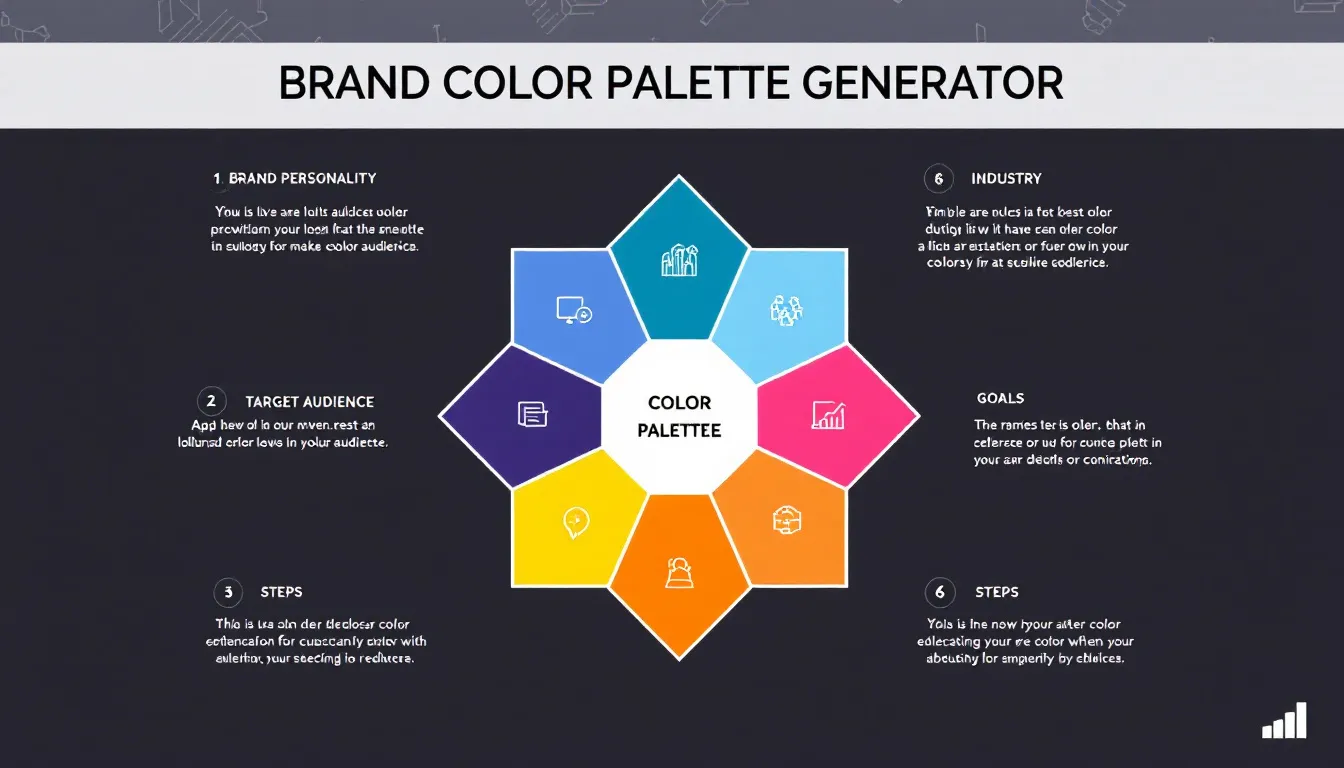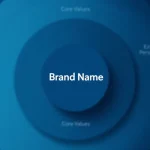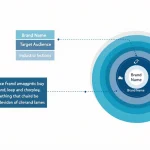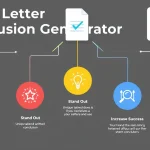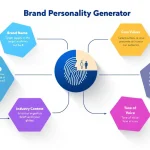Is this tool helpful?
How to Use the Brand Color Palette Generator Effectively
1. Brand Personality Input
Describe your brand’s core identity, values, and defining traits clearly. Provide specific details to help tailor the colors to your brand’s essence. Example inputs include:
- “Adventurous outdoor gear company focused on durability, sustainability, and exploration”
- “Friendly neighborhood bakery emphasizing warmth, tradition, and community”
2. Target Audience Description
Identify who your ideal customers are by describing their demographics, interests, and behaviors. Sample descriptions could be:
- “Young families seeking eco-friendly and practical outdoor products”
- “Local residents aged 30-55 who value handmade and artisanal foods”
3. Industry Specification
Clearly state the primary industry your brand operates in, helping the tool suggest relevant color palettes. Examples include:
- “Outdoor Equipment and Apparel”
- “Artisanal Food and Beverage”
4. Optional Fields for Better Results
To refine your palette further, complete the optional fields.
- Brand Goals: For instance, “Become the leading sustainable outdoor gear brand in North America”
- Competitor Colors: List competitor palettes to avoid, such as “Orange and gray, black and green”
What the Brand Color Palette Generator Does for You
This tool helps you create tailored brand color schemes that reflect your unique values, appeal to your target customers, and fit your industry. It uses principles of color psychology, market trends, and accessibility guidelines to generate palettes that communicate effectively and stand out.
Key Benefits of Using the Brand Color Palette Generator
- Aligns colors with your brand identity by analyzing your personality traits and industry
- Considers your target audience’s preferences to foster emotional engagement and recognition
- Avoids competitor color overlaps to help you stand out in a crowded market
- Ensures palettes meet accessibility standards for clear and inclusive visuals
- Provides industry-specific recommendations for relevance and professionalism
Practical Usage of the Brand Color Palette Generator
After submitting your inputs, the tool generates a cohesive color palette you can use to build your brand’s visual identity. These colors work well across different applications, both digital and print.
Examples of Results You Can Expect
Example 1: Outdoor Adventure Brand
- Brand Personality: “Rugged, eco-conscious, and adventurous gear for outdoor enthusiasts”
- Target Audience: “Active adults 25-45 who care about sustainability and quality”
- Industry: “Outdoor Equipment and Apparel”
Suggested Palette:
- Primary: Forest Green (#2C5F2D) – symbolizing nature and sustainability
- Secondary: Earth Brown (#7B5E3C) – evoking durability and grounding
- Accent: Crisp White (#F9F9F9) – for clarity and clean design
Example 2: Artisan Bakery
- Brand Personality: “Warm, welcoming, traditional, with a modern twist”
- Target Audience: “Local food lovers aged 30-60 who appreciate handmade quality”
- Industry: “Artisanal Food and Beverage”
Suggested Palette:
- Primary: Warm Clay (#B35A2E) – communicates comfort and craftsmanship
- Secondary: Soft Cream (#F2E9DC) – adds warmth and softness
- Accent: Deep Charcoal (#3B3B3B) – grounds the palette with sophistication
Implementing Your Brand Color Palette
Digital Design Applications
- Website and mobile app interfaces
- Social media graphics and advertising
- Email templates and digital marketing materials
- User interface elements like buttons and icons
Physical and Print Applications
- Packaging and product branding
- Brochures, flyers, and print advertising
- Retail spaces and signage
- Business cards and stationery
Frequently Asked Questions About Brand Color Palettes
How many colors should a brand palette include?
Your palette should typically have 3 to 5 colors: 1-2 primary, 1-2 secondary, and 1 accent color to create visual balance without complexity.
Can I customize the generated color palette?
Yes. Use the generated palette as a starting point, then adjust hues, shades, and tints to fit your brand’s style while keeping color harmony intact.
How often should I update my brand’s colors?
Usually, update your palette every 5 to 10 years or when your brand pivots significantly or market trends change.
How do I maintain color consistency across platforms?
Record your colors in HEX, RGB, CMYK, and Pantone formats and create a brand style guide to ensure consistency across digital and print media.
Should my palette follow current design trends?
Focus on colors that reflect your brand values and resonate with your audience. Trends can inform but shouldn’t dictate your palette for long-term success.
Can I use the same palette for digital and print?
Yes, but make sure to convert colors properly for print and work with your printers to maintain accuracy.
Advanced Tips for Applying Your Brand Colors
1. Follow the 60-30-10 Color Ratio Rule
- 60% Primary color dominantly used in backgrounds and large areas
- 30% Secondary color for supporting elements
- 10% Accent color for highlights and calls to action
2. Prioritize Accessibility
- Test text and background combinations to ensure clear readability
- Use tools to check color contrast for users with visual impairments
- Align with WCAG 2.1 standards for digital content
3. Respect Cultural Color Meanings
- Research color symbolism in your target market regions
- Avoid colors with negative associations or taboo meanings
- Adapt shades or palette variations depending on cultural context
Important Disclaimer
The calculations, results, and content provided by our tools are not guaranteed to be accurate, complete, or reliable. Users are responsible for verifying and interpreting the results. Our content and tools may contain errors, biases, or inconsistencies. Do not enter personal data, sensitive information, or personally identifiable information in our web forms or tools. Such data entry violates our terms of service and may result in unauthorized disclosure to third parties. We reserve the right to save inputs and outputs from our tools for the purposes of error debugging, bias identification, and performance improvement. External companies providing AI models used in our tools may also save and process data in accordance with their own policies. By using our tools, you consent to this data collection and processing. We reserve the right to limit the usage of our tools based on current usability factors.
